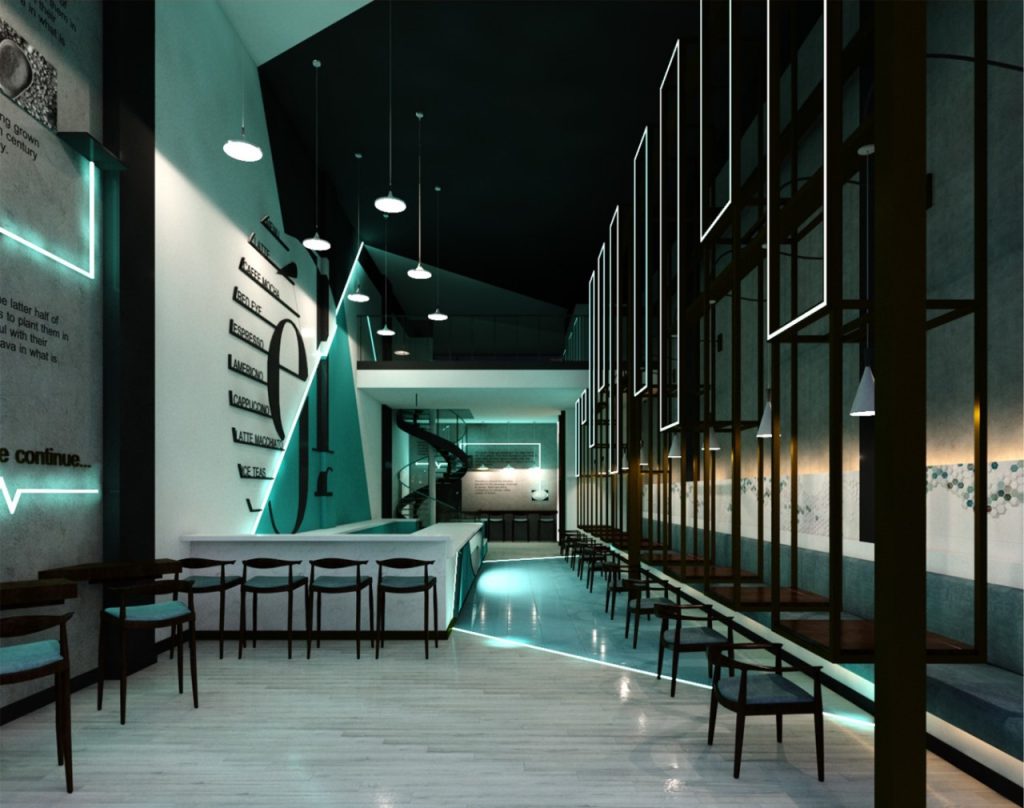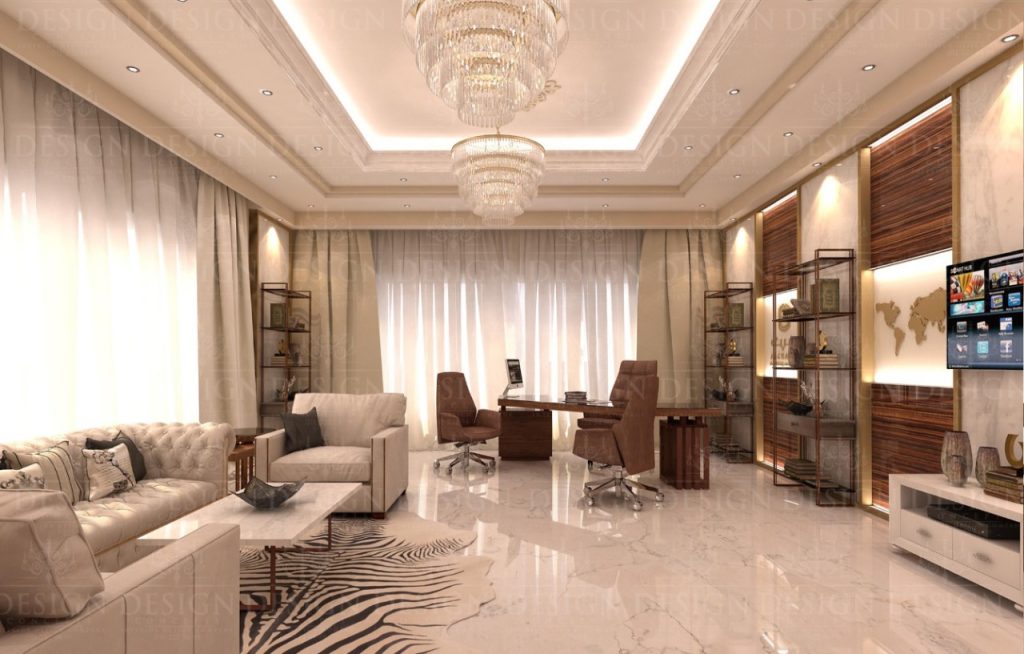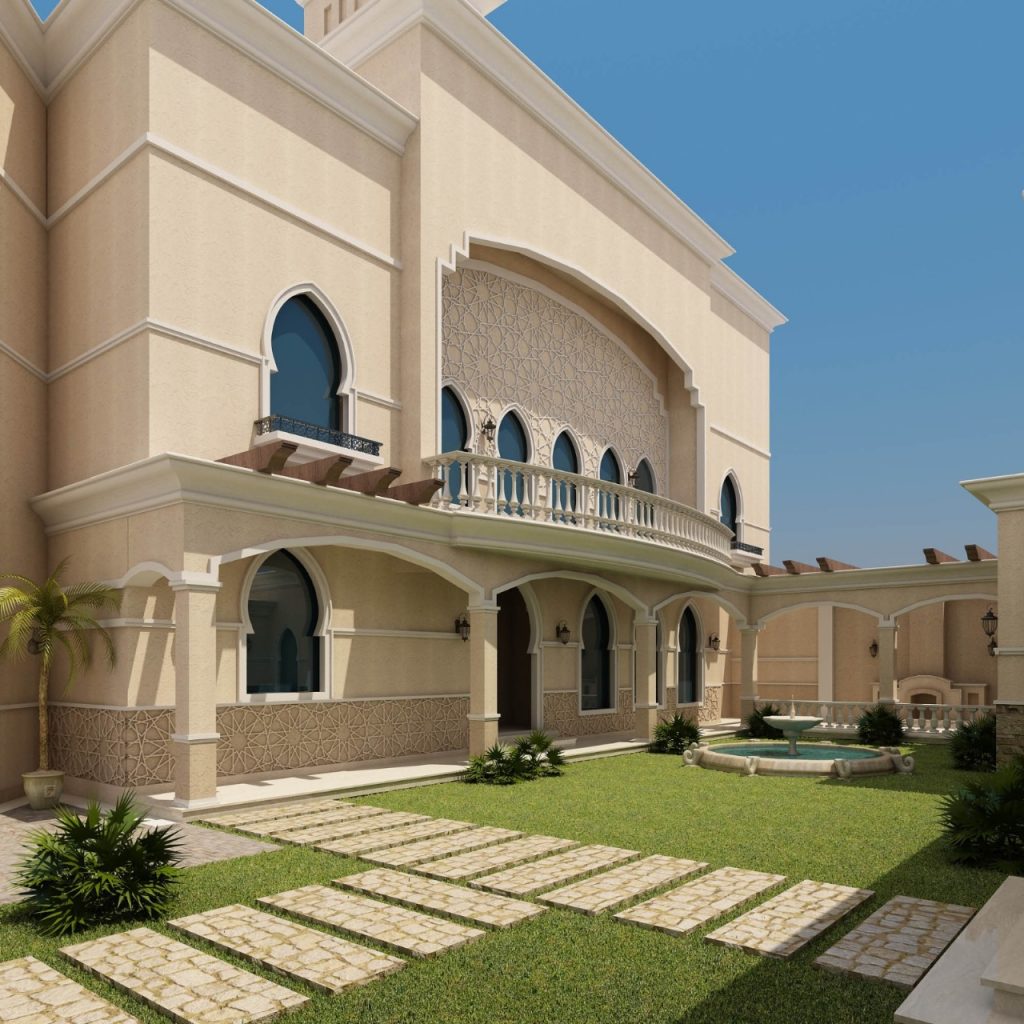Contact Us
-
Mobile
-
Email Address
-
Riyadh
Saudi Arabia
Call us Now
Email us
Visit Us
The value of "Design Concepts" lies in the deep understanding of the client's vision and transforming it into a tangible reality that inspires and meets the client's expectations and needs, surpassing the ordinary in creative and innovative ways.

The interior design should reflect the identity and global values of the project, and should incorporate colors, logos, and other visual elements that distinguish the brand.
Spaces should be used in a way that is both functional and appealing, which includes carefully arranging furniture and lighting.
Lighting has a significant impact on the atmosphere and mood. It should be used strategically to create the right ambiance for the space.
Choosing the right materials and colors for the project can significantly impact the aesthetics of the space.
We aim to design interiors that are comfortable and appealing to visitors, increasing their desire to return to the place.
Local regulations and standards should be considered during the design process.
A precise budget allows the designer to better meet the client's expectations, enhancing client satisfaction and creating a positive experience.

Turn your vision into reality—contact us now for a consultation!

Determining the design direction, whether it is to increase productivity or enhance innovation.
Effectively planning office spaces to enhance workflow and improve mobility.
Choosing comfortable and functional furniture that suits the office's activities.
Using pleasant artificial lighting, well-distributed throughout the space, and maximizing the use of natural light as much as possible.
Choosing colors that encourage focus, such as blue, green, and white. Adding indoor plants and artwork to make the space lively.
Providing a strong infrastructure that enables employees to use technology efficiently.
Using smart and organized storage solutions to maintain order.
Paying attention to small details such as flowers, stickers, and personal items.
Using sustainable and eco-friendly materials in the design.
Turn your vision into reality—contact us now for a consultation!
Identifying the clients' needs and lifestyle.
Understanding the available spaces and how to use them optimally.
Organizing the space to achieve a natural flow of movement and efficient use of the area.
Clearly defining public and private areas.
Choosing color palettes that complement high-quality materials.
Blending colors well to achieve harmony and balance in the decor.
Using natural light as much as possible.
Distributing artificial lighting effectively to create the right ambiance and comfort.
Adding decorative details such as curtains, cushions, and wall panels.
Using flowers and plants to add a touch of nature and vitality.
Choosing practical and attractive furniture that suits the room dimensions and decor style.
Arranging furniture in a way that creates space for movement and maintains balance.
Using eco-friendly and sustainable materials.
Encouraging recycling and creatively using second-hand furniture.
Integrating technology into the decor, such as smart lighting, sound systems, and home control systems.
Designing residential projects requires a balance between aesthetics and functionality. Good decor aims to make the home a place that reflects the personality of the residents and provides them with comfort and happiness in an environment that harmonizes with their daily lives.

Saudi Arabia
All rights reserved Design Concept SA 2016-2023 | Powred by SmartOneGroup